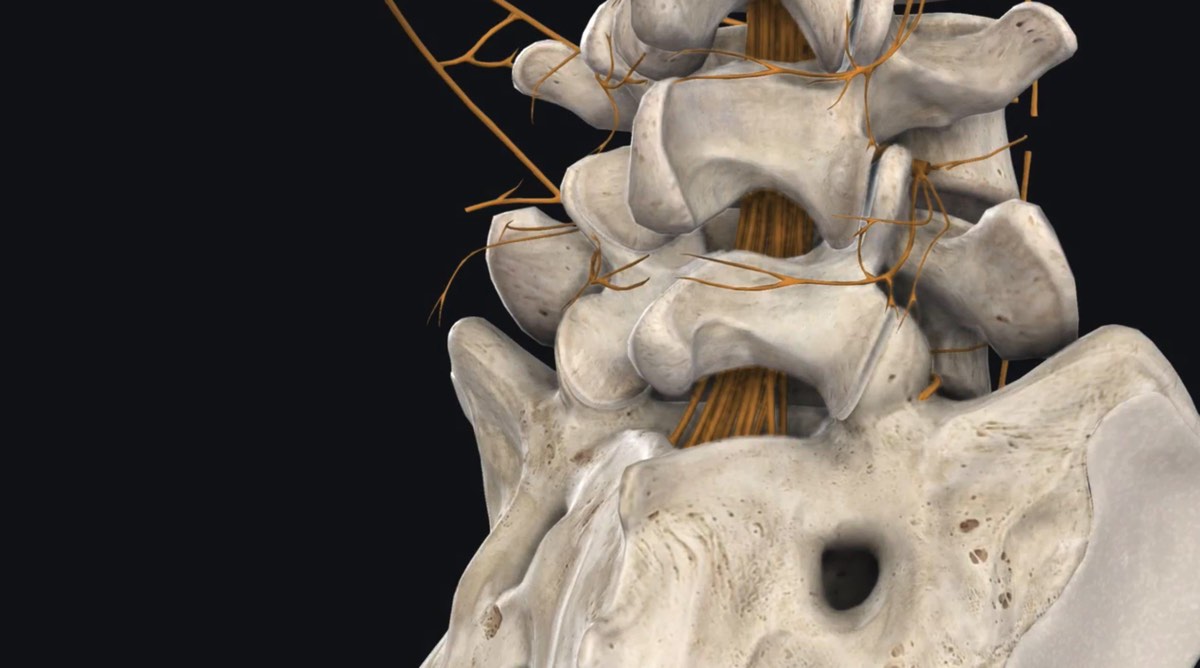NEW YORK (Reuters Health) – Canaloplasty works just as well as trabeculectomy in reducing intraocular pressure (IOP) in patients with open-angle glaucoma, according to results of a retrospective comparative case series published online in Ophthalmology.
“This is the first paper comparing the gold standard trabeculectomy, which involves the creation of a filtering bleb versus canaloplasty, a procedure that revives the natural drainage pathways of the eye,” Dr. Ramesh S. Ayyala, director of the Glaucoma Service, Department of Ophthalmology, Tulane School of Medicine in New Orleans told Reuters Health.
“The most impressive part of canaloplasty is that it achieves comparable lowering of the eye pressure in the absence of a functioning bleb,” Dr. Ayyala added.
He and his associates compared operative outcomes in 33 eyes of 33 patients who underwent canaloplasty and 46 eyes of 46 patients who underwent trabeculectomy with mitomycin C between January 2007 and December 2008. Dr. Ayyala performed all of the surgeries.
They report that the average percent reduction in IOP after surgery was somewhat greater with trabeculectomy compared with canaloplasty (43% vs. 32%), but the difference at 12 months was not significantly different between groups (P = 0.072).
From baseline (preoperative) to 12 months, IOP fell from 21.2 to 13.8 millimeters mercury (mmHg) in the canaloplasty group and from 23.4 to 11.6 mmHg in the trabeculectomy group.
IOP reduction at 12 months was in the “low teens” in the majority of patients in both groups, the investigators note
Because the trabeculectomy group achieved lower IOP (closer to 10 mmHg), “physicians may want to consider trabeculectomy in patients with advanced glaucoma who may benefit from IOP closer to 10 mmHg,” they say.
They also report that a higher percentage of patients treated with canaloplasty required postoperative glaucoma medications (36% vs. 20%), although the difference was not significant (P = 0.12).
Failure of the procedure (based on IOP > 18 or < 4 mmHg at 12 months) was 12.1% for the canaloplasty (4 of 33 eyes) and 4.3% for the trabeculectomy group (2 of 46 eyes). There was no difference in surgical failure rates between canaloplasty (15%; 5 eyes) and trabeculectomy (11%; 5 eyes).
Visual acuity returned to baseline at similar rates in both groups, although patients in both groups experienced decreased vision in the immediate postoperative period.
In the canaloplasty group, this was due mainly to hyphema, which was the most common postoperative complication seen this group (21%). Hyphema resolved in all patients without intervention over 1 to 3 weeks.
In the trabeculectomy group, the main reason for decreased vision in the postoperative period was hypotony (4%). Patients in this group also experienced choroidal effusions (17%), and suprachoroidal hemorrhage (2%), whereas none of the patients in the canaloplasty group experienced these complications.
“This might suggest,” the investigators say, “that one should consider canaloplasty in those patients who are at high risk of developing these complications, such as those with high myopia, a history of choroidal effusions in the fellow eye, and patients at risk of developing suprachoroidal hemorrhage.”
Bleb revision with needling was required in 15% of patients in the trabeculectomy group.
Descemet’s detachment seems to be a unique complication of canaloplasty, seen in 1% to 5% of patients, the researchers say. Usually, it is self-limiting and does not need any treatment, they note.
Summing up, Dr. Ayyala told Reuters Health, “Canaloplasty and similar canal based surgeries definitely have a place in the surgical management of glaucoma. Any patient with open angle glaucoma with uncontrolled/poorly controlled eye pressures on medications and losing vision” would be a candidate.
The researcher cautioned, however, that prospective studies are needed to confirm the results. “We also need to follow these patients for 3, 5 and 10 years to know the long term results.”
Reference:
Comparison of Surgical Outcomes Between Canaloplasty and Trabeculectomy at 12 Months’ Follow-Up.
Ophthalmology 2011.









